Вы здесь
Cult memorial Zhaisan 27.
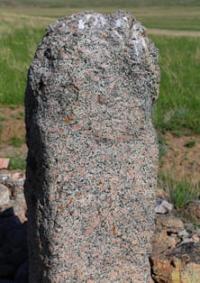
Turkic heritage in Kazakhstan.
"History does not tolerate vanity
Her national path is difficult.
Its pages, covered in blood,
You can't love with a thoughtless love,
And it is impossible not to love without memory."
Baba Tahir.
Turkic sanctuaries in Kazakhstan.
The multi-level complex of the "princely" type Zhaisan 27 is located at an altitude of 920 meters above sea level, located 820 meters from the beginning of the formation of the main, right channel of the small river Terekta, southwest of the Alaman mountains, west of the Karabulak tract, 45.6 kilometers east slightly north of the village of Shu, 6.8 kilometers southwest of the Shatyrkul ruin site, 18.8 kilometers southwest of the village of Shokpar in the Shu district of the Zhambyl region.
A sensational novelty of the 2005 archaeological season was the discovery of a multi-level complex of the “princely” type Zhaisan 27, located in the Terekty valley. A characteristic feature of the complex is a high concentration of burial mounds of the Turkic nomadic elite, reaching sizes of more than 20 - 30 meters in diameter and 2.5 - 3 meters in height.
As part of the elite cult memorial, a large number of intact and broken stone statues were discovered, reaching sizes up to 2.5 - 2.85 meters in height (the standard height of Turkic sculptures, as a rule, is 1.2 - 1.3 meters).
At the previously discovered and studied Zhaisan 14 complex (Bolshoi kogan), among three stone statues, the height of two male statues was 2.2 and 2.3 meters. The discovery should also include the fact of the presence among the places of worship, ritual structures specially dedicated to the clergy.
Comprehensive work in 2005 under the project "Study and Preservation of the Turkic Heritage of the Shu River Valley" was focused on the territory of localization of two unique Turkic sanctuaries, one of which is the Zhaisan sanctuary, located in the Shu district of the Zhambyl region.
Surveys were carried out on the landscape-geographical zoning of Turkic cult-memorial monuments, exploration work to search for new cult objects of nomads, archaeological excavations at the burial complex of Zhaisan 10, work on the preservation of monuments of monumental art at the monuments of Zhaisan 14,16,20, 26.
A set of works on landscape zoning of the monuments of sanctuaries was carried out in the context of studying the architectural location of monuments in the conditions of the steppe space and the relationship of cult complexes with the environment.
In close relationship with the natural environment, which served for several millennia as an ecological niche, is the history of the culture of the Turkic nomads, whose habitat is directly related to the characteristic type of steppe landscape, which is the territory of the northwestern slopes of the Chu-Ili mountains and the Zhaisan valley in particular.
The high concentration of various types of cult memorials of the Turks on this land also confirms the idea of the unity of the history of culture and the human environment. On the historical-geographic map of the landscape-topographic zoning of the cult-memorial complexes of the Zhaisan sanctuary (work has been carried out for 5 years), 27 objects are plotted, each of which consists of dozens of burial mounds, ritual structures with stone sculptures and steles, rock paintings and ancestral tamgas.
The total area of the territory of the localization of the sanctuary is approximately 22 kilometers from north to south and 28 kilometers from east to west. In the process of exploration work, the cult memorials of Zhaisan 18 - 27 and two memorials located in the mountains of Khantau were discovered.
Geographical coordinates of cult-memorial complex Zhaisan 27: N43°39'38.42" E74°19'22.16"
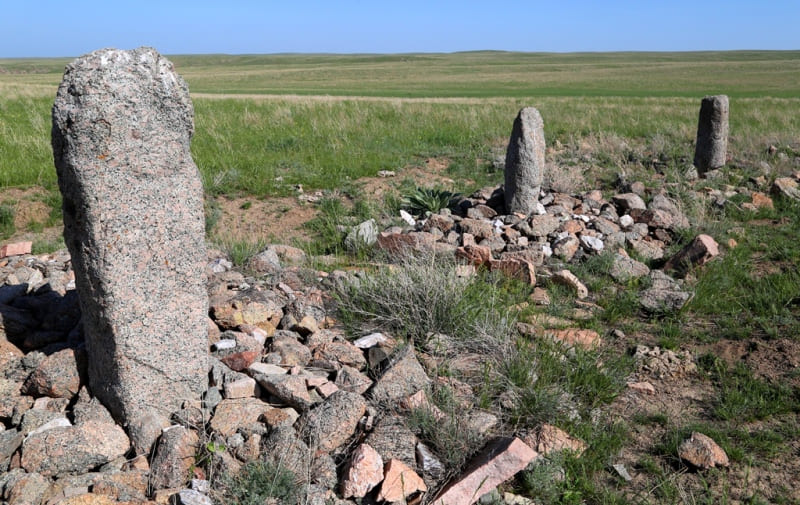
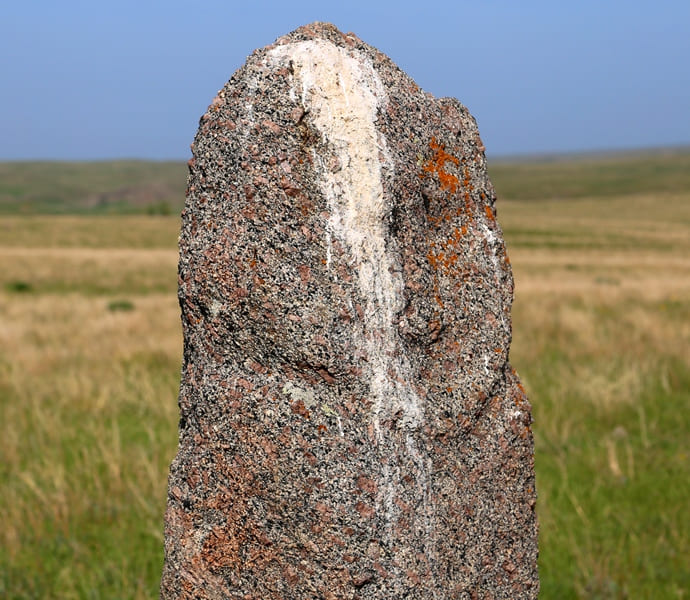
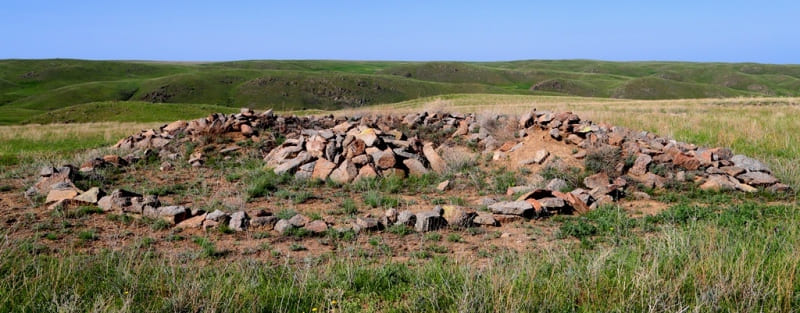
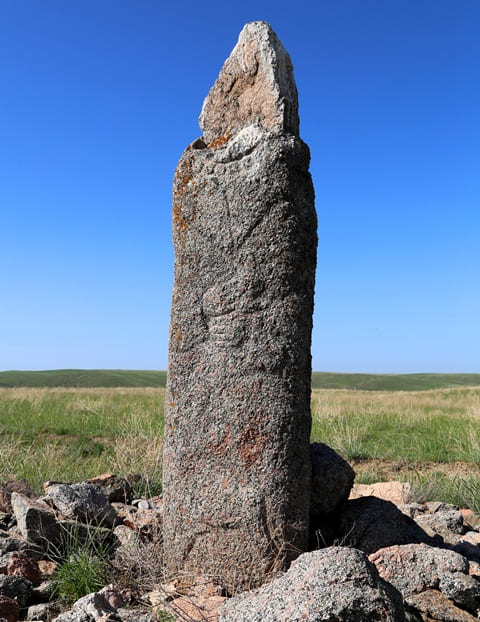
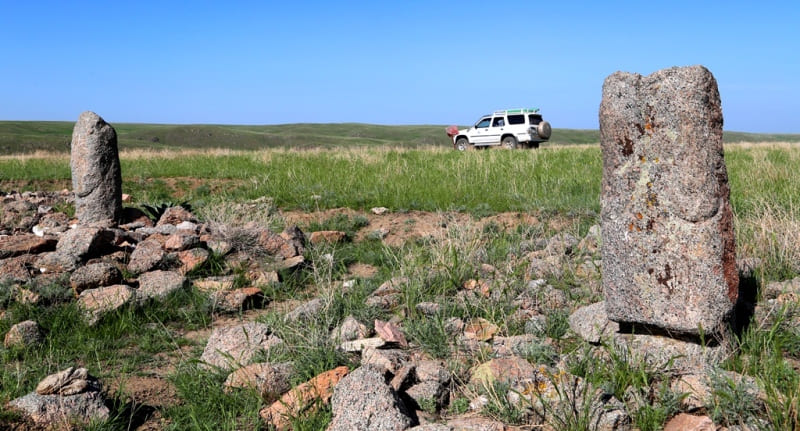
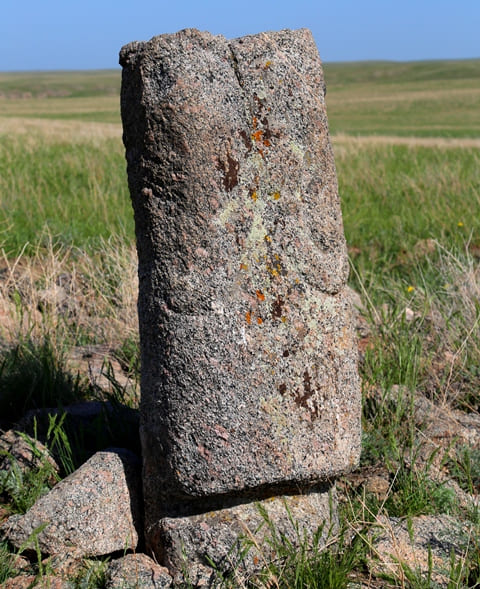
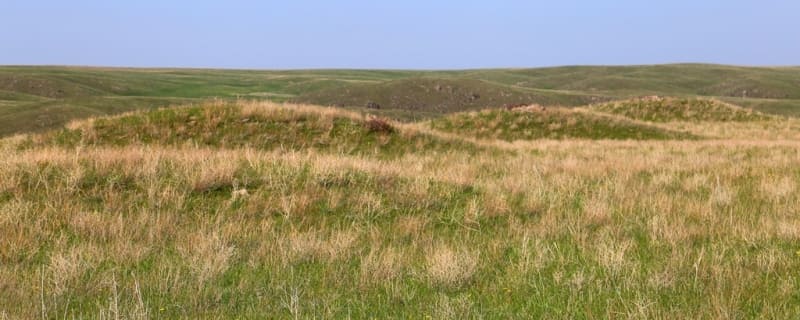
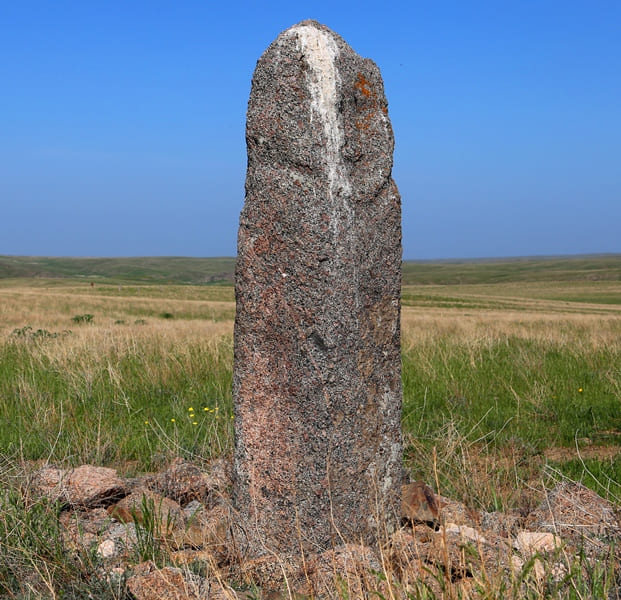
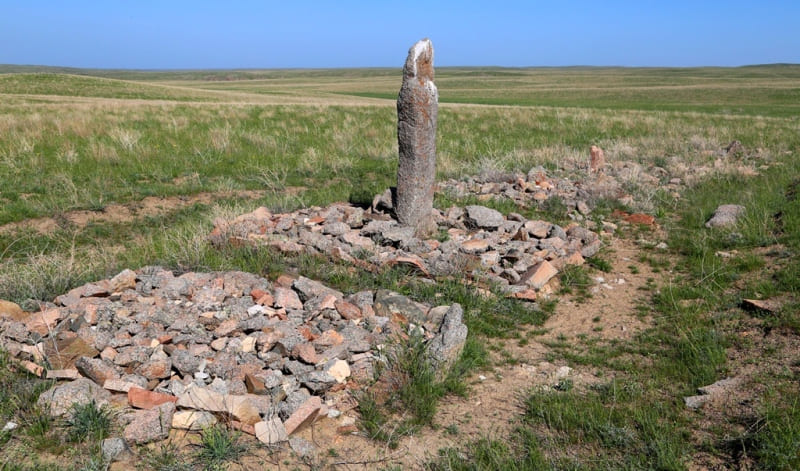
Authority:
Report on archaeological research under the state program "Cultural Heritage - 2004". Almaty: ID Credo, 2005. P. 31.
Dosymbaeva Aiman Medeubaevna.
Nuskabay Abdinur Argynbayuly
Esbergenova B.
https://old.archaeology.kz/article?id=17587&alias=izuchenie-i-sohranenie-tyurkskogo-naslediya-svyatilisha-zhaisan
Photos by
Alexander Petrov.







